Ttangkkut Marine Natural History Museum (땅끝해양자연사박물관)
2021-02-22
5-4, Jungdaedong-gil, Haenam-gun, Jeollanam-do
+82-61-535-2110
The Ttangkkeut Marine History Museum houses approximately 25,000 specimens with 40,000 pieces on display including shellfish, coral, fish, mammals, crustaceans, fossils, reptiles, and insects from around the world, making it the most diverse collection of items in the southern region. Visitors can take part in ecological activities to learn more about phenomenal and rare marine resources and cultures.
Seoul Action School (Martial Arts Center) (서울액션스쿨 (마샬아트센터))
2021-09-03
18-61, Heyrimaeul-gil, Paju-si, Gyeonggi-do
+82-31-946-6746
Seoul Action School, located in the artist village of Heyri in Paju-si, Gyeonggi-do, started out as Stunt Academy. The school was founded on July 1, 1998 by Kim Yeong-Bin (director and screenwriter) and Jeong Du-Hong (actor and martial arts director), who believe that revitalizing action film is one way to contribute to and develop the film industry. Seoul Action School is the only action training institution in Korea that teaches not only acting, but also action techniques that can be used in a variety of film genres to help performers become even more marketable in the ever-globalizing film industry.
Yearimdang Art Hall (예림당아트홀)
2021-12-07
337, Eonju-ro, Gangnam-gu, Seoul
+82-2-6413-3689
Yearimdang Art Hall is a children’s theater that opened in March 2011. A joint project of Yearimdang publishing company and PMC Production, the art hall is a mid-sized theater with 439 seats divided into two floors. The first floor consists of VIP sets and S-class seats that allow for more interaction with the actors on stage and access to surprise events during the performances. Seats on the second floor (A-class) offer an affordable, bird’s-eye-view of the stage. The seats are designed to fit children’s body, while providing parents with much needed rest.
Art Center K (아트센터 K)
2022-09-08
101, Dongsung-gil, Jongno-gu, Seoul
Art Center K (formerly Wonder Space) opened in February 2012, offers art programs in Daehangno, a neighborhood of youth, romance and culture. It also supports artists through creative activities, exchanges, and trainings, while serving as a performing art hall where people can participate in artistic and creative activities.
Art Center K's three theaters feature unique stages and audience spaces: Donggeurami (Circular) Theater, Semo (Triangle) Theater, and Nemo (Square) Theater. One stage hosts fun and educational open-run performances for children, while the other two theaters offer popular plays, musicals, concerts, and other cultural events.
1m Classic Art Hall (1m 아트홀)
2019-03-18
31, Daehak-ro 12-gil, Jongno-gu, Seoul
+82-2-766-7623
1m Classic Art Hall, located in Daehang-ro is a classic art experience center exclusively for children. The center provides children with the opportunity to enjoy classical music in a fun and interesting way. In the ‘1m Experience Classic’ program (the oldest children’s classical program in the nation), teachers not only provide interesting mini-music learns, but also assist children in trying out a variety of instruments.
At the performance halls at the 1m Classic Art Hall, the stage is just 1m away from the surrounding seats, giving young audience members a more intimate musical experience.
Alternative Space Loop (대안공간 루프)
2021-01-22
20, Wausan-ro 29na-gil, Mapo-gu, Seoul
+82-2-3141-1377
Alternative Space Loop (also known as the “Loop”) is one of few alternative space in Korea, opened in February, 1999. It is a non-profit gallery that provides exhibition space and support programs for young and promising artists, and is currently being supported by the Ministry of Culture, Sports and Tourism and the Korea Arts & Culture Education Service. Since opening, many exhibitions and performances are held every year, and the space has also engaged in diverse international exchanges such as Tirana Biennale and was invited to the Gwangju Biennale as an alternative art space in 2002.
Gwacheon National Science Museum (국립과천과학관)
2025-07-14
110, Sanghabeol-ro, Gwacheon-si, Gyeonggi-do
As a landmark facility representing Korea’s advanced science and technology capabilities, Gwacheon National Science Museum strives to encourage young visitors to become interested in science and shares with the public scientific principles that govern daily life. The museum has permanent exhibition halls, special exhibition halls, a planetarium, outdoor exhibitions, and more. Over 50% of the exhibition items on display are interactive, allowing visitors to jump in and experience science first-hand using their minds and their imagination.
Busan Cultural Center (부산문화회관)
2021-08-06
1, UN pyeonghwa-ro 76beon-gil, Nam-gu, Busan
+82-51-607-6000
Busan Cultural Center began construction in October 1983 and finished constructing three halls in 1993. In April 2010, the cultural center underwent renovations and reopend in October. The architecture format used traditional Korean houses with a large, medium, and small halls. Large gates and walls were removed to allow easy access. The roof used concrete slabs to recreate traditional patterns and the exterior walls are made of granite stone.
Goyang Aram Nuri Arts Center (고양 아람누리)
2019-10-31
1286, Jungang-ro, Ilsan-Dogu, Goyang-si, Gyeonggi-do
+82-1577-7766
Aram Nuri means "a grand and beautiful world" in Korean. Built with a vision to accomplish Renaissance in culture and art, Goyang Aram Nuri Arts Center houses four theaters, an art gallery and several other facilities.
The Aram Opera House is a four-story, horseshoe-shaped auditorium that holds 1,887 seats. Aram Concert Hall a rectangular hall that holds 1,449 seats. Saerasae Digital Theater is an experimental theater that allows free arrangement of 16 section floor panels that hold up to 300 seats. Norumok Outdoor Theater is an outdoor arena that can hold about 1,000 seats. Aram Art Gallery is an exhibition site with movable partitions. Aram Library manages special data and provides information on arts and culture. Aram Village, located at the entrance of the center, houses family restaurants and cafes. Aram Sun Plaza, home to four streets named Light, Water, Earth and Wind, is open to the general public.
Seodaemun Museum of Natural History (서대문자연사박물관)
2021-07-02
51, Yeonhui-ro 32-gil, Seodaemun-gu, Seoul
+82-2-330-8899
Nestled at the foothills of Ansan Mountain, a natural resting area in the city, Seodaemun Museum of Natural History is the first natural history museum in the nation to be established by a government agency. Opened on July 10, 2003, the museum offers various opportunities to experience and learn about the environment. It also provides the chance to interact with animals and plants, teaching the value of life.
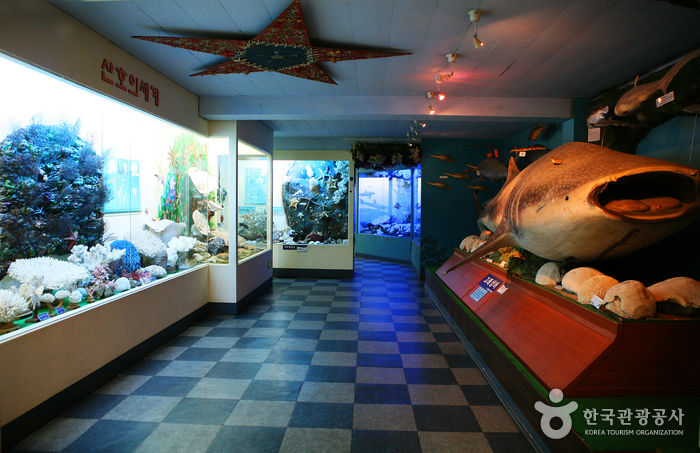
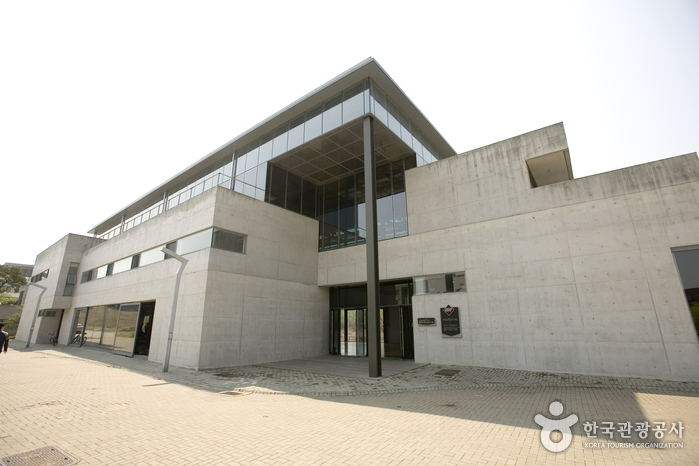
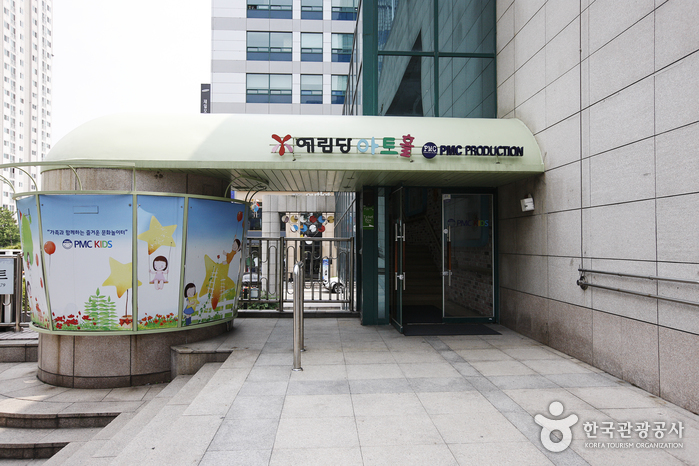
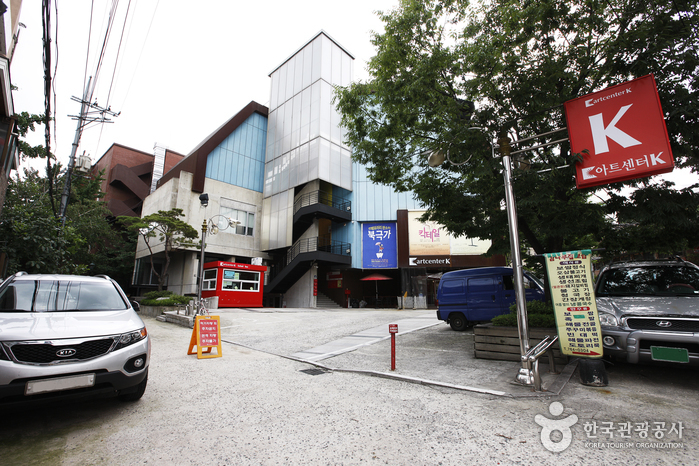
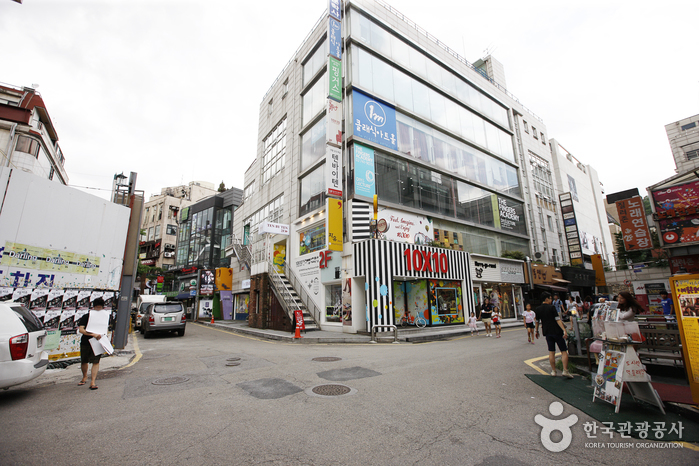
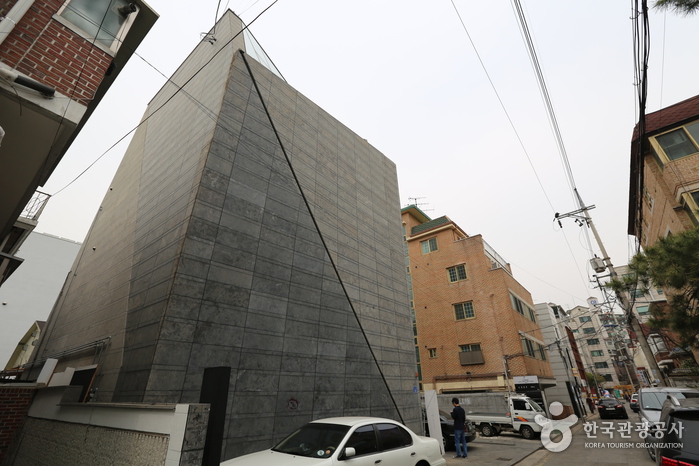
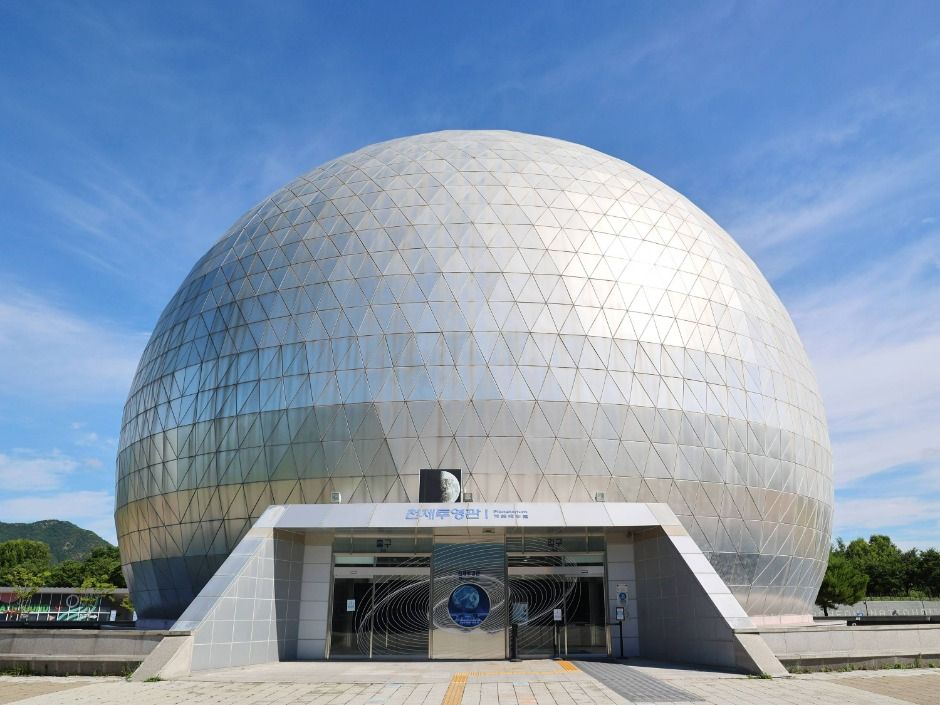

 English
English
 한국어
한국어 日本語
日本語 中文(简体)
中文(简体) Deutsch
Deutsch Français
Français Español
Español Русский
Русский